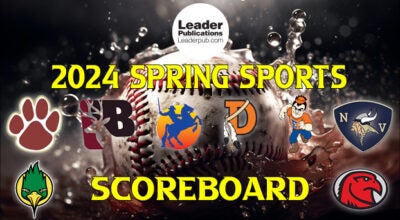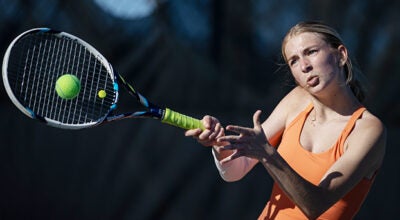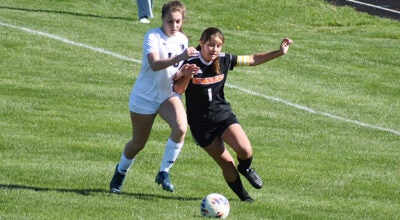Concussion course aimed at youth coaches
Published 6:22 pm Friday, August 5, 2011
ANN ARBOR —Spencer Helgren was bawling his eyes out, but it was the fourth quarter and he wasn’t going to sit down on the sidelines.
He kept playing through the tears.
It was the first of several head injuries on the football field for the junior from Westwood High school in Michigan’s Upper Peninsula. At the time, he just thought he’d had his bell rung and he’d be fine — despite the unusual crying spell.
Months later, he’s still struggling with after effects of the concussions he suffered, but getting better after receiving treatment at the University of Michigan’s Michigan Neurosport Concussion Program. Helgren wants to spread the word about how to recognize and treat sports-related concussions.
After an athlete takes a big hit on the playing field or a blow to the head, it’s difficult for coaches to know how to respond. But more and more evidence is mounting that it’s dangerous for athletes to try to shake off what could be a concussion.
The Michigan Neurosport Concussion Program is now offering free, online courses for youth and high school coaches with up-to-date information about recognizing concussions and the best practices for responding.
The 20-minute courses are available at www.MichiganNeuroSport.com. The courses include a number of resource materials and a quiz that leads to a certificate of completion.
“Here at U-M and Michigan Neurosport, we believe education is crucial when it comes to sports-related concussions and especially when it involves young athletes,” says. Amy Teddy, Injury Prevention Program Manager for Mott Children’s Hospital and Director of Education and Injury Prevention of the Concussion Program at U-M.
“But it takes a team to keep concussions on the sidelines. Coaches, parents, teammates and the players themselves need to be aware of the risk and symptoms,” says Teddy.
Helgren says more education may have helped him avoid the health problems that have plagued him since football season. He was cleared by physicians to play after the initial injuries, despite symptoms like mood swings and headaches.
He ended up with a headache, 24 hours a day for about six months. He found he couldn’t concentrate, was not sleeping well and he was irritable. Sitting in class with bright lights or noise became unbearable. His parents lit candles to light their house to avoid bright lighting.
He was referred to Jeffrey Kutcher, M.D., assistant professor of neurology and the Director of the Concussion Program at U-M. Kutcher worked with Spencer to resolve his sleep patterns and devise a gradual return to physical activity. He’s hoping he can return to the gridiron for his senior year.
The Michigan Neurosport Concussion Program, in collaboration with the Mott Children’s Hospital Pediatric Trauma Program, is a comprehensive program that includes three elements: clinical care, education and research. Clinical services are available at the new clinic, located on the north side of Ann Arbor.
Just how concussion affects the brain has been a hot topic in recent years as the National Football League and National Collegiate Athletic Association have established committees to study how to best protect their athletes. Many state governments, including Michigan, are considering new legislation that mandates more concussion-related education for coaches and others.
“Spencer’s case illustrates the importance of recognizing the injury when it happens and responding appropriately. If you don’t act quickly and do the right things, the injury can get very complicated quickly,” says Kutcher.
The new online training is designed to help coaches follow the four Rs, Kutcher says:
Recognize the injury
Report it (to coaches, parents, physicians)
Remove the athlete from play
And plan for Recovery
“One of the biggest problems with concussions is the concussed individual isn’t aware they are concussed because their brain is hurt,” Kutcher says. “This injury isn’t like a sprained knee or a broken bone, it doesn’t announce itself to everybody.”
Jil Koski, Helgren’s mother, can attest to that. She didn’t know what to look for, but knew there was something seriously wrong with her son. She thinks coaches need to understand that just looking at an athlete’s eyes or asking basic memory questions isn’t enough.
“I wish we all would have been more educated. If we were, some of what had happened to Spencer could have been stopped,” says Koski.
“I think most coaches don’t have all the education they need …. Concussion is not something to be taken lightly. There’s a lot of stuff going on in there that you can’t see.”
Koski says she hopes coaches will use the new online training offered by U-M. This is the first of a series of audience-specific training programs that U-M has planned, and a tutorial for parents is expected this fall.
The new online training modules were developed by Chelsea, Mich.-based Torrance Learning.
Additional resources are available at http://www.michiganneurosport.com





